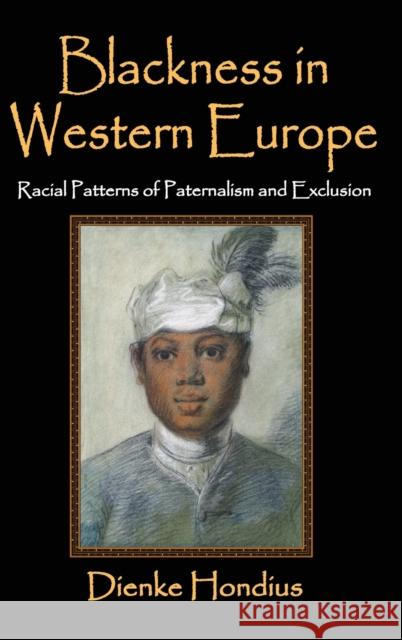Blackness in Western Europe: Racial Patterns of Paternalism and Exclusion » książka
Blackness in Western Europe: Racial Patterns of Paternalism and Exclusion
ISBN-13: 9781412853675 / Angielski / Twarda / 2014 / 354 str.
Blackness in Western Europe: Racial Patterns of Paternalism and Exclusion
ISBN-13: 9781412853675 / Angielski / Twarda / 2014 / 354 str.
(netto: 669,47 VAT: 5%)
Najniższa cena z 30 dni: 654,86
ok. 22 dni roboczych
Dostawa w 2026 r.
Darmowa dostawa!
While the study of race relations in the United States continues to inspire and influence European thinking, Europeans have yet to confront their own history. To be black in Europe--whether during the sixteenth century or today--means sharing one crucial experience: being part of a small, but visible minority.European slave-owners, company directors, and investors in the distant past maintained an ocean-wide gap between themselves and the enslaved in the plantation colonies of the Caribbean. In the following centuries, this distance persisted. Even today, to be black in Europe often means to be one of a few black persons in a group. A racial pattern of exclusion has characterized European policy for more than four centuries.Dienke Hondius identifies ideas and attitudes toward "blackness," the concept of race as visible difference, developed in western Europe. She argues that racial discourses are generally dominated by paternalism--a concept usually used to explain power structures that is often applied to the nineteenth century. Hondius identifies five patterns of paternalism that influenced Europe much earlier and iniated trends of imagery and perception.Taking a chronological and thematic approach, Hondius first focuses on southern European societies in the Early Modern period and moves to northwest European societies in the Modern period. Addressing religion, law, and science, she concludes with a synthesis of developments from the twentieth century to the present.











